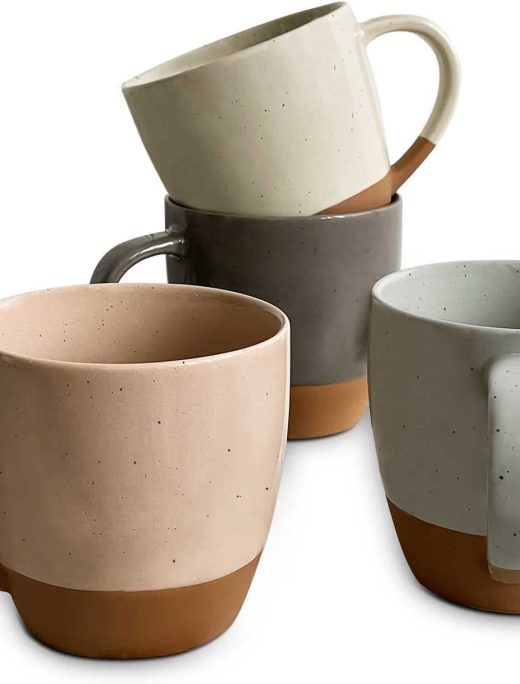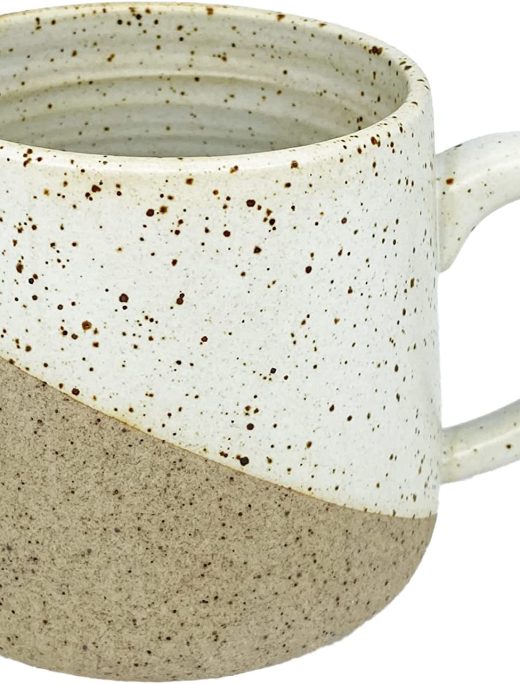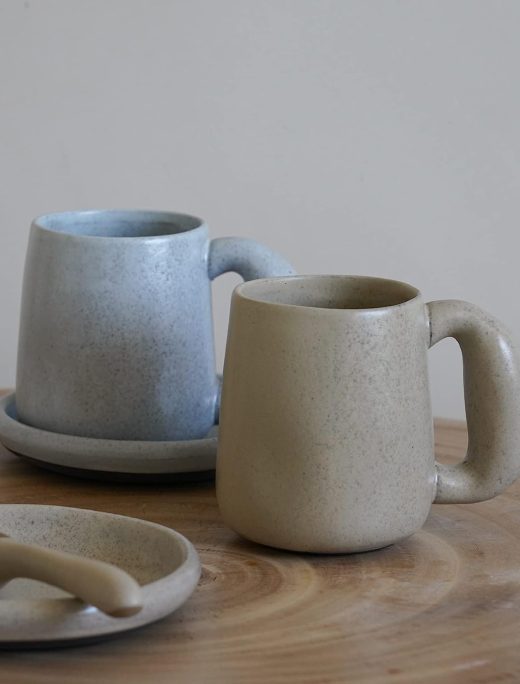KITCHEN
Use Ceramics
Transforming your kitchen into a serene sanctuary through thoughtful therapeutic interior design ideas can create a space that nourishes not only your body but also your mind, promoting a sense of calm and well-being in the heart of your home.
Ceramic is an excellent material to incorporate into a therapeutic interior design, including in the kitchen. Here’s why:
- Natural and Earthy: Ceramic is made from natural materials such as clay, which adds an earthy and organic element to the space. This connection with nature can contribute to a calming and grounding atmosphere, enhancing the therapeutic qualities of the interior design.
- Visual Appeal: Ceramic tiles or accents can be visually appealing, offering a wide range of colors, patterns, and textures. By choosing ceramic pieces that align with the desired aesthetic, you can create a visually pleasing and harmonious kitchen environment that promotes a sense of tranquility.
- Easy Maintenance: Ceramic is known for its durability and resistance to stains, scratches, and moisture, making it a practical choice for kitchen surfaces. With its smooth and easy-to-clean properties, ceramic can help maintain a clean and clutter-free space, which is essential for a therapeutic interior design.
- Thermal Comfort: Ceramic has excellent thermal properties, allowing it to maintain a comfortable temperature. In the kitchen, ceramic tiles can help keep the space cool, especially when used on the flooring. This thermal comfort can contribute to a relaxed and soothing ambiance while cooking or spending time in the kitchen.
- Hygienic Environment: Ceramic surfaces are non-porous, meaning they do not absorb odors, bacteria, or allergens. This makes them a hygienic choice for kitchen countertops, backsplashes, and other areas where cleanliness is crucial. A clean and hygienic environment is an essential aspect of a therapeutic interior design that promotes overall well-being.
- Versatility: Ceramic can be used in various ways within the kitchen, from backsplashes and countertops to tiles for flooring or decorative accents. Its versatility allows you to incorporate ceramic elements that align with your specific therapeutic design goals and preferences.
Remember to consider the specific qualities of ceramic, such as color, texture, and finish, to ensure they complement the overall therapeutic design concept you have in mind for your kitchen.


https://amzn.to/43J8FLA

https://amzn.to/3CjRQLs

https://amzn.to/45ZT4JE

